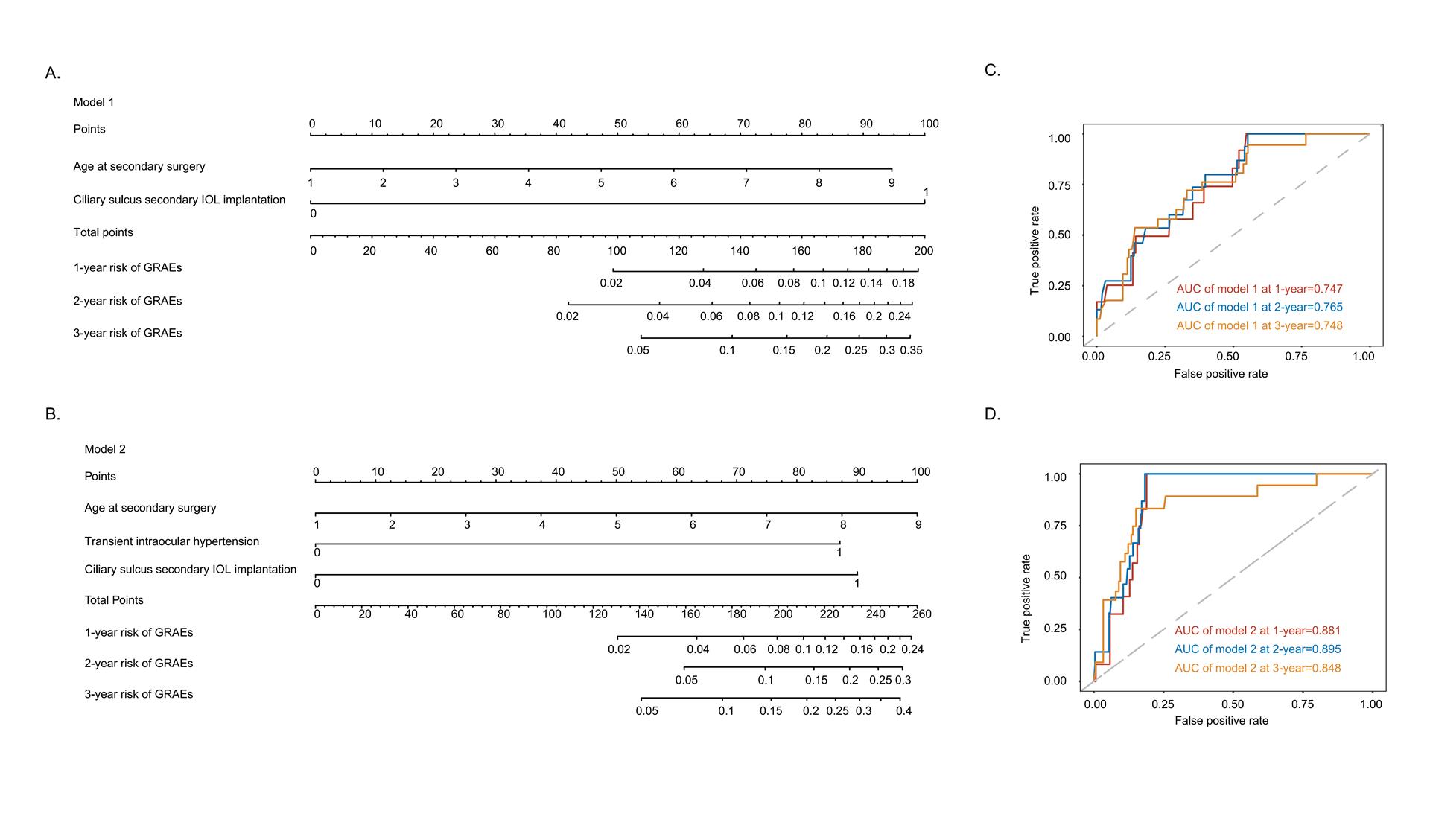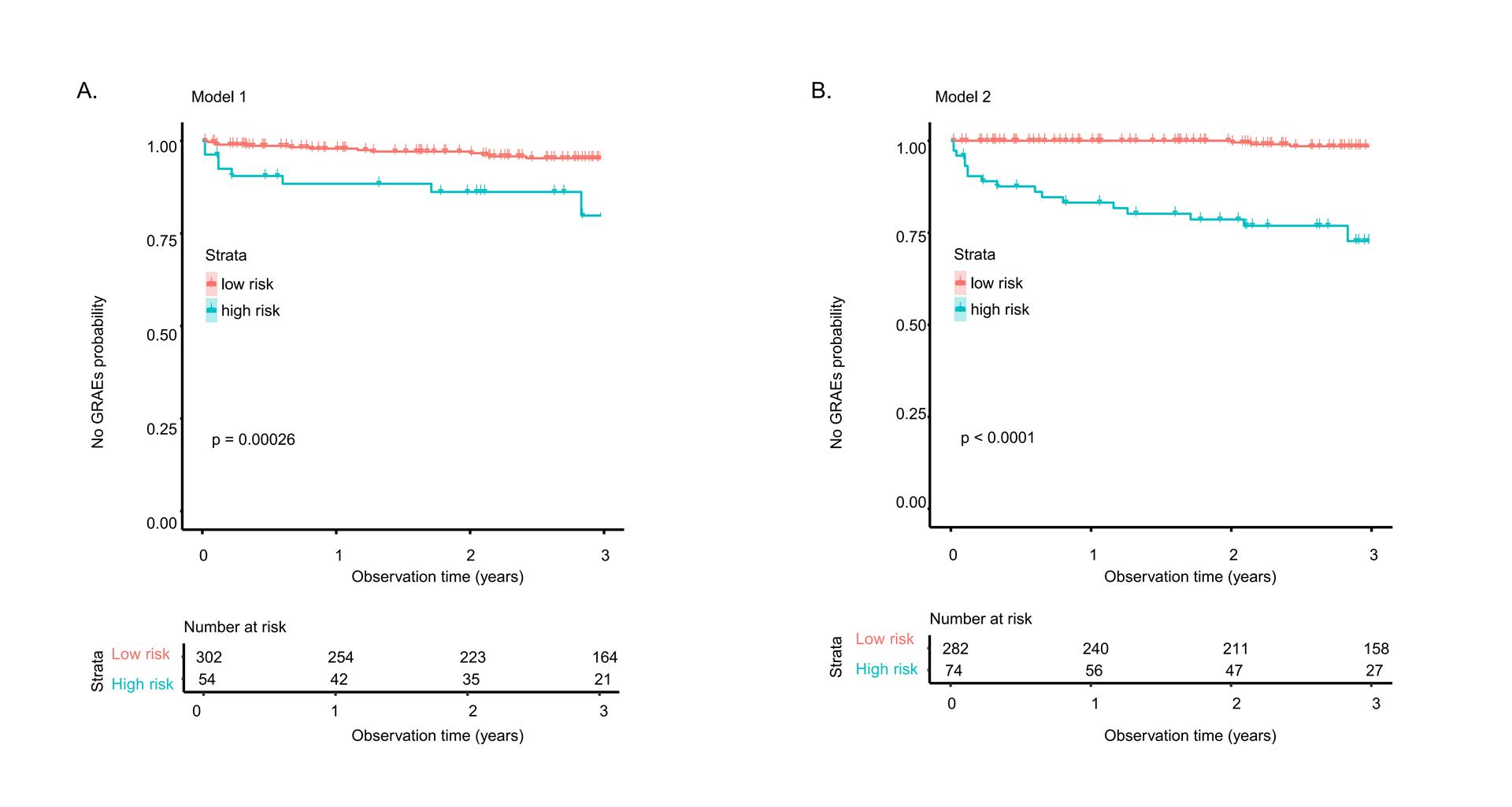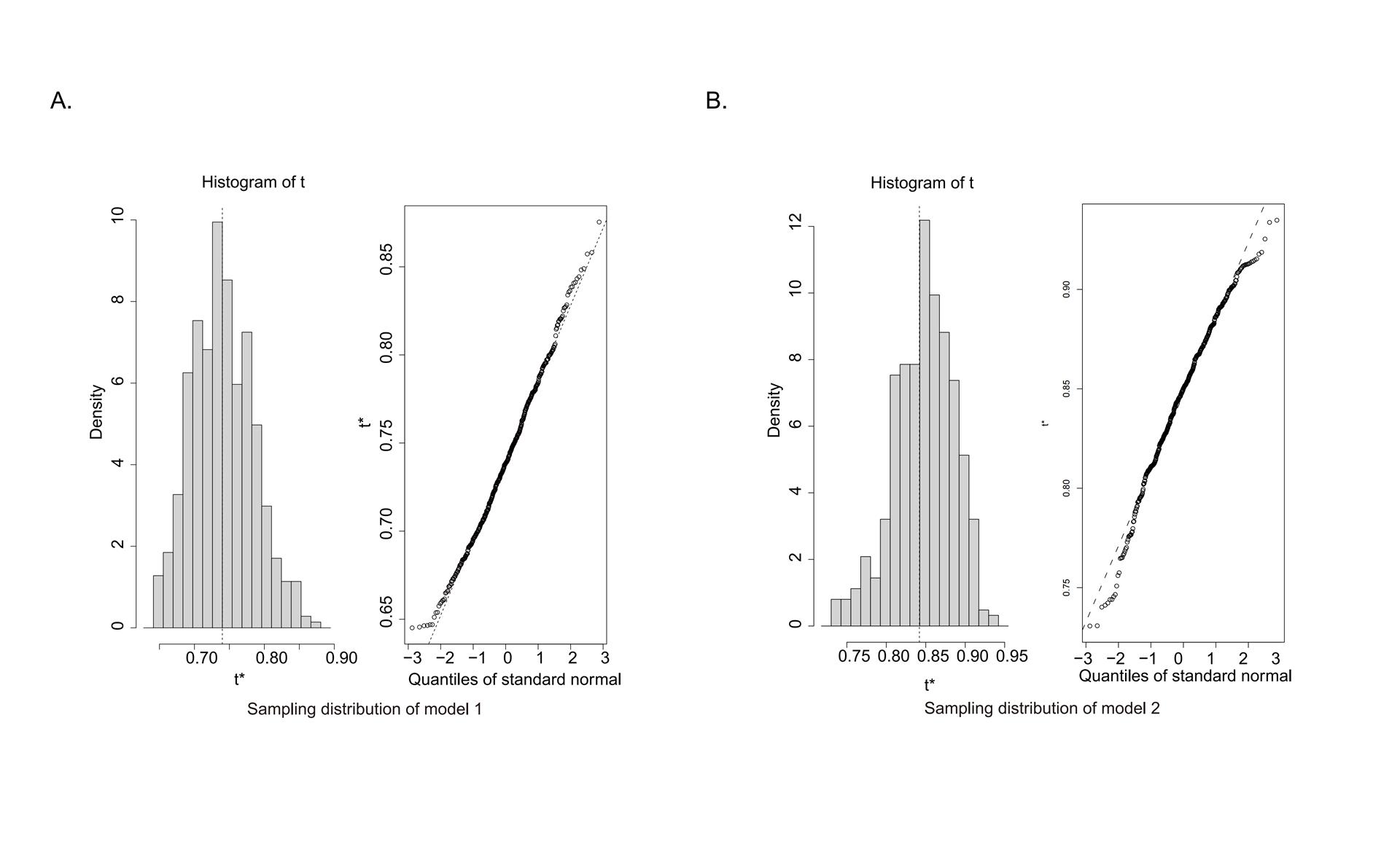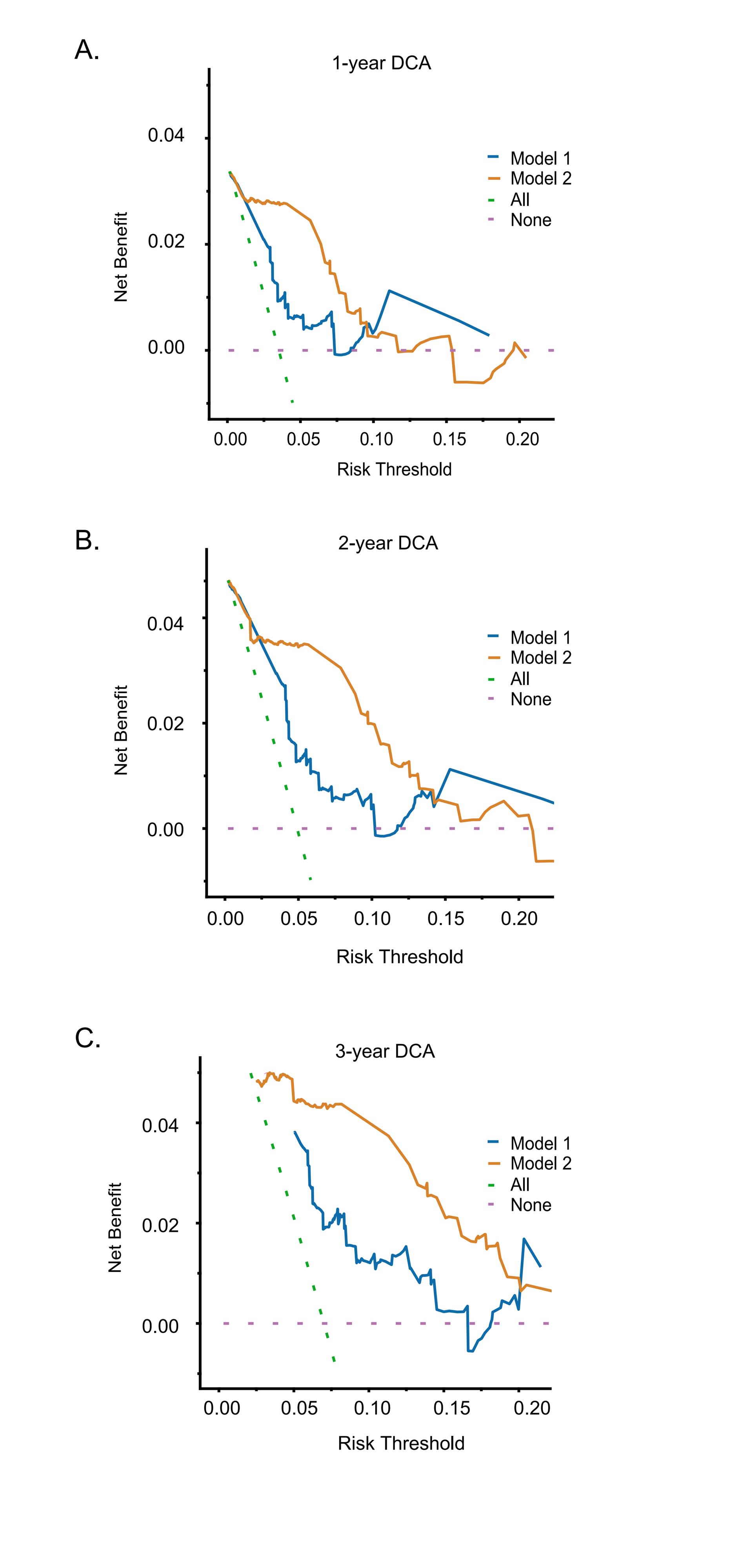1、Liu Z, Lin H, Jin G, et al. In-the-bag versus ciliary sulcus secondary intraocular lens implantation for pediatric aphakia: a prospective comparative study[ J]. Am J Ophthalmol, 2022, 236: 183-192. DOI: 10.1016/j.ajo.2021.10.006.Liu Z, Lin H, Jin G, et al. In-the-bag versus ciliary sulcus secondary intraocular lens implantation for pediatric aphakia: a prospective comparative study[ J]. Am J Ophthalmol, 2022, 236: 183-192. DOI: 10.1016/j.ajo.2021.10.006.
2、Freedman SF, Lynn MJ, Beck AD, et al. Glaucoma-related adverse events in the first 5 years after unilateral cataract removal in the infant aphakia treatment study[ J]. JAMA Ophthalmol, 2015, 133(8): 907-914. DOI: 10.1001/jamaophthalmol.2015.1329.Freedman SF, Lynn MJ, Beck AD, et al. Glaucoma-related adverse events in the first 5 years after unilateral cataract removal in the infant aphakia treatment study[ J]. JAMA Ophthalmol, 2015, 133(8): 907-914. DOI: 10.1001/jamaophthalmol.2015.1329.
3、Papadopoulos M, Cable N, Rahi J, et al. The British infantile and childhood glaucoma (BIG) eye study[ J]. Invest Ophthalmol Vis Sci, 2007, 48(9): 4100-4106. DOI: 10.1167/iovs.06-1350.Papadopoulos M, Cable N, Rahi J, et al. The British infantile and childhood glaucoma (BIG) eye study[ J]. Invest Ophthalmol Vis Sci, 2007, 48(9): 4100-4106. DOI: 10.1167/iovs.06-1350.
4、Hoguet A, Grajewski A, Hodapp E, et al. A retrospective survey of childhood glaucoma prevalence according to Childhood Glaucoma Research Network classification[ J]. Indian J Ophthalmol, 2016, 64(2): 118-123. DOI: 10.4103/0301-4738.179716.Hoguet A, Grajewski A, Hodapp E, et al. A retrospective survey of childhood glaucoma prevalence according to Childhood Glaucoma Research Network classification[ J]. Indian J Ophthalmol, 2016, 64(2): 118-123. DOI: 10.4103/0301-4738.179716.
5、Beck A, Coleman T, Freedman S. Chapter 1: Definition, Classification, Differential Diagnosis[ J]. 2013: 3–10.Beck A, Coleman T, Freedman S. Chapter 1: Definition, Classification, Differential Diagnosis[ J]. 2013: 3–10.
6、Daniel MC, Dubis AM, Theodorou M, et al. Childhood lensectomy is associated with static and dynamic reduction in schlemm canal size: a biomechanical hypothesis of glaucoma after lensectomy[ J]. Ophthalmology, 2019, 126(2): 233-241. DOI: 10.1016/j.ophtha.2018.08.031.Daniel MC, Dubis AM, Theodorou M, et al. Childhood lensectomy is associated with static and dynamic reduction in schlemm canal size: a biomechanical hypothesis of glaucoma after lensectomy[ J]. Ophthalmology, 2019, 126(2): 233-241. DOI: 10.1016/j.ophtha.2018.08.031.
7、Freedman SF, Beck AD, Nizam A, et al. Glaucoma-related adverse events at 10 years in the infant aphakia treatment study: a secondary analysis of a randomized clinical trial[ J]. JAMA Ophthalmol, 2021, 139(2): 165-173. DOI: 10.1001/jamaophthalmol.2020.5664.Freedman SF, Beck AD, Nizam A, et al. Glaucoma-related adverse events at 10 years in the infant aphakia treatment study: a secondary analysis of a randomized clinical trial[ J]. JAMA Ophthalmol, 2021, 139(2): 165-173. DOI: 10.1001/jamaophthalmol.2020.5664.
8、Shah SK, Praveen MR, Vasavada AR, et al. Long-term longitudinal assessment of postoperative outcomes after congenital cataract surgery in children with congenital rubella syndrome[ J]. J Cataract Refract Surg, 2014, 40(12): 2091-2098. DOI: 10.1016/j.jcrs.2014.04.028.Shah SK, Praveen MR, Vasavada AR, et al. Long-term longitudinal assessment of postoperative outcomes after congenital cataract surgery in children with congenital rubella syndrome[ J]. J Cataract Refract Surg, 2014, 40(12): 2091-2098. DOI: 10.1016/j.jcrs.2014.04.028.
9、Wang J, Chen J, Chen W, et al. Incidence of and risk factors for suspected glaucoma and glaucoma after congenital and infantile cataract surgery: a longitudinal study in China[ J]. J Glaucoma, 2020, 29(1): 46-52. DOI: 10.1097/IJG.0000000000001398.Wang J, Chen J, Chen W, et al. Incidence of and risk factors for suspected glaucoma and glaucoma after congenital and infantile cataract surgery: a longitudinal study in China[ J]. J Glaucoma, 2020, 29(1): 46-52. DOI: 10.1097/IJG.0000000000001398.
10、Chak M, Rahi JS, Group BCCI. Incidence of and factors associated with glaucoma after surgery for congenital cataract: findings from the British Congenital Cataract Study[ J]. Ophthalmology, 2008, 115(6): 1013-1018.e2. DOI: 10.1016/j.ophtha.2007.09.002.Chak M, Rahi JS, Group BCCI. Incidence of and factors associated with glaucoma after surgery for congenital cataract: findings from the British Congenital Cataract Study[ J]. Ophthalmology, 2008, 115(6): 1013-1018.e2. DOI: 10.1016/j.ophtha.2007.09.002.
11、Solebo AL, Rahi JS, Group BCCI. Glaucoma following cataract surgery in the first 2 years of life: frequency, risk factors and outcomes from IoLunder2[ J]. Br J Ophthalmol, 2020, 104(7): 967-973. DOI: 10.1136/bjophthalmol-2019-314804.Solebo AL, Rahi JS, Group BCCI. Glaucoma following cataract surgery in the first 2 years of life: frequency, risk factors and outcomes from IoLunder2[ J]. Br J Ophthalmol, 2020, 104(7): 967-973. DOI: 10.1136/bjophthalmol-2019-314804.
12、Bothun ED, Wilson ME, Vanderveen DK, et al. Outcomes of bilateral cataracts removed in infants 1 to 7 months of age using the toddler aphakia and pseudophakia treatment study registry[ J]. Ophthalmology, 2020, 127(4): 501-510. DOI: 10.1016/j.ophtha.2019.10.039.Bothun ED, Wilson ME, Vanderveen DK, et al. Outcomes of bilateral cataracts removed in infants 1 to 7 months of age using the toddler aphakia and pseudophakia treatment study registry[ J]. Ophthalmology, 2020, 127(4): 501-510. DOI: 10.1016/j.ophtha.2019.10.039.
13、Leske MC, Wu SY, Hennis A, et al. Risk factors for incident open-angle glaucoma: the Barbados Eye Studies[ J]. Ophthalmology, 2008, 115(1): 85-93. DOI: 10.1016/j.ophtha.2007.03.017.Leske MC, Wu SY, Hennis A, et al. Risk factors for incident open-angle glaucoma: the Barbados Eye Studies[ J]. Ophthalmology, 2008, 115(1): 85-93. DOI: 10.1016/j.ophtha.2007.03.017.
14、Bothun ED, Wilson ME, Traboulsi EI, et al. Anderson JS, Lambert SR; Toddler Aphakia and Pseudophakia Study Group (TAPS). Outcomes of Unilateral Cataracts in Infants and Toddlers 7 to 24 Months of Age: Toddler Aphakia and Pseudophakia Study (TAPS) [ J]. Ophthalmology. 2019 Aug;126(8):1189-1195. doi: 10.1016/j.ophtha.2019.03.011.Bothun ED, Wilson ME, Traboulsi EI, et al. Anderson JS, Lambert SR; Toddler Aphakia and Pseudophakia Study Group (TAPS). Outcomes of Unilateral Cataracts in Infants and Toddlers 7 to 24 Months of Age: Toddler Aphakia and Pseudophakia Study (TAPS) [ J]. Ophthalmology. 2019 Aug;126(8):1189-1195. doi: 10.1016/j.ophtha.2019.03.011.
15、Iasonos A, Schrag D, Raj GV, et al. How to build and interpret a nomogram for cancer prognosis[ J]. J Clin Oncol, 2008, 26(8): 1364-1370. DOI: 10.1200/JCO.2007.12.9791.Iasonos A, Schrag D, Raj GV, et al. How to build and interpret a nomogram for cancer prognosis[ J]. J Clin Oncol, 2008, 26(8): 1364-1370. DOI: 10.1200/JCO.2007.12.9791.
16、Wang R, Dai W, Gong J, et al. Development of a novel combined nomogram model integrating deep learning-pathomics, radiomics and immunoscore to predict postoperative outcome of colorectal cancer lung metastasis patients[ J]. J Hematol Oncol, 2022, 15(1): 11. DOI: 10.1186/s13045-022-01225-3.Wang R, Dai W, Gong J, et al. Development of a novel combined nomogram model integrating deep learning-pathomics, radiomics and immunoscore to predict postoperative outcome of colorectal cancer lung metastasis patients[ J]. J Hematol Oncol, 2022, 15(1): 11. DOI: 10.1186/s13045-022-01225-3.
17、Li Q, Jiang T, Zhang C, et al. A nomogram based on clinical information, conventional ultrasound and radiomics improves prediction of malignant parotid gland lesions[ J]. Cancer Lett, 2022, 527: 107-114. DOI: 10.1016/j.canlet.2021.12.015.Li Q, Jiang T, Zhang C, et al. A nomogram based on clinical information, conventional ultrasound and radiomics improves prediction of malignant parotid gland lesions[ J]. Cancer Lett, 2022, 527: 107-114. DOI: 10.1016/j.canlet.2021.12.015.
18、Zhang J, Han X, Zhang M, et al. Predicting the risk of clinically significant intraocular lens tilt and decentration in vitrectomized eyes[ J]. J Cataract Refract Surg, 2022, 48(11): 1318-1324. DOI: 10.1097/j.jcrs.0000000000000997.Zhang J, Han X, Zhang M, et al. Predicting the risk of clinically significant intraocular lens tilt and decentration in vitrectomized eyes[ J]. J Cataract Refract Surg, 2022, 48(11): 1318-1324. DOI: 10.1097/j.jcrs.0000000000000997.
19、White RR, Kattan MW, Haney JC, et al. Evaluation of preoperative therapy for pancreatic cancer using a prognostic nomogram[ J]. Ann Surg Oncol, 2006, 13(11): 1485-1492. DOI: 10.1245/s10434-006-9104-y.White RR, Kattan MW, Haney JC, et al. Evaluation of preoperative therapy for pancreatic cancer using a prognostic nomogram[ J]. Ann Surg Oncol, 2006, 13(11): 1485-1492. DOI: 10.1245/s10434-006-9104-y.
20、Roach M 3rd, Weinberg V, Nash M, et al. Defining high risk prostate cancer with risk groups and nomograms: implications for designing clinical trials[ J]. J Urol, 2006, 176(6 Pt 2): S16-S20. DOI: 10.1016/j.juro.2006.06.081.Roach M 3rd, Weinberg V, Nash M, et al. Defining high risk prostate cancer with risk groups and nomograms: implications for designing clinical trials[ J]. J Urol, 2006, 176(6 Pt 2): S16-S20. DOI: 10.1016/j.juro.2006.06.081.
21、Lin H, Chen W, Luo L, et al. Effectiveness of a short message reminder in increasing compliance with pediatric cataract treatment: a randomized trial[ J]. Ophthalmology, 2012, 119(12): 2463-2470. DOI: 10.1016/j.ophtha.2012.06.046.Lin H, Chen W, Luo L, et al. Effectiveness of a short message reminder in increasing compliance with pediatric cataract treatment: a randomized trial[ J]. Ophthalmology, 2012, 119(12): 2463-2470. DOI: 10.1016/j.ophtha.2012.06.046.
22、Lin H, Chen W, Luo L, et al. Ocular hypertension after pediatric cataract surgery: baseline characteristics and first-year report[ J]. PLoS One, 2013, 8(7): e69867. DOI: 10.1371/journal.pone.0069867.Lin H, Chen W, Luo L, et al. Ocular hypertension after pediatric cataract surgery: baseline characteristics and first-year report[ J]. PLoS One, 2013, 8(7): e69867. DOI: 10.1371/journal.pone.0069867.
23、Beck AD, Freedman SF, Lynn MJ, et al. Glaucoma-related adverseevents in the Infant Aphakia Treatment Study: 1-year results[ J]. Arch Ophthalmol. 2012 Mar;130(3):300-5. doi: 10.1001/archophthalmol.2011.347.Beck AD, Freedman SF, Lynn MJ, et al. Glaucoma-related adverseevents in the Infant Aphakia Treatment Study: 1-year results[ J]. Arch Ophthalmol. 2012 Mar;130(3):300-5. doi: 10.1001/archophthalmol.2011.347.
24、Chen X, Gu X, Wang W, et al. Characteristics and factors associated with intraocular lens tilt and decentration after cataract surgery[ J]. J Cataract Refract Surg, 2020, 46(8): 1126-1131. DOI: 10.1097/j.jcrs.0000000000000219.Chen X, Gu X, Wang W, et al. Characteristics and factors associated with intraocular lens tilt and decentration after cataract surgery[ J]. J Cataract Refract Surg, 2020, 46(8): 1126-1131. DOI: 10.1097/j.jcrs.0000000000000219.
25、Liu Z, Zou Y, Yu Y, et al. Accuracy of Intraocular Lens Power Calculation in Pediatric Secondary Implantation: In-the-Bag Versus Sulcus Placement[ J]. Am J Ophthalmol. 2023 May;249:137-143. doi: 10.1016/j.ajo.2022.12.028.Liu Z, Zou Y, Yu Y, et al. Accuracy of Intraocular Lens Power Calculation in Pediatric Secondary Implantation: In-the-Bag Versus Sulcus Placement[ J]. Am J Ophthalmol. 2023 May;249:137-143. doi: 10.1016/j.ajo.2022.12.028.
26、Royston P. Multiple imputation of missing values[ J]. Stata J, 2004, 4: 227-241. DOI: 10.1177/1536867X0400400301.Royston P. Multiple imputation of missing values[ J]. Stata J, 2004, 4: 227-241. DOI: 10.1177/1536867X0400400301.
27、Huang YQ, Liang CH, He L, et al. Development and validation of a radiomics nomogram for preoperative prediction of lymph node metastasis in colorectal cancer[ J]. J Clin Oncol, 2016, 34(18): 2157-2164. DOI: 10.1200/JCO.2015.65.9128.Huang YQ, Liang CH, He L, et al. Development and validation of a radiomics nomogram for preoperative prediction of lymph node metastasis in colorectal cancer[ J]. J Clin Oncol, 2016, 34(18): 2157-2164. DOI: 10.1200/JCO.2015.65.9128.
28、Cadrin-Tourigny J, Bosman LP, Nozza A, et al. A new prediction model for ventricular arrhythmias in arrhythmogenic right ventricular cardiomyopathy[ J]. Eur Heart J, 2022, 43(32): e1-e9. DOI: 10.1093/eurheartj/ehac180.Cadrin-Tourigny J, Bosman LP, Nozza A, et al. A new prediction model for ventricular arrhythmias in arrhythmogenic right ventricular cardiomyopathy[ J]. Eur Heart J, 2022, 43(32): e1-e9. DOI: 10.1093/eurheartj/ehac180.
29、Camp RL, Dolled-Filhart M, Rimm DL. X-tile: a new bio-informatics tool for biomarker assessment and outcome-based cut-point optimization[ J]. Clin Cancer Res, 2004, 10(21): 7252-7259. DOI: 10.1158/1078-0432.CCR-04-0713.Camp RL, Dolled-Filhart M, Rimm DL. X-tile: a new bio-informatics tool for biomarker assessment and outcome-based cut-point optimization[ J]. Clin Cancer Res, 2004, 10(21): 7252-7259. DOI: 10.1158/1078-0432.CCR-04-0713.
30、Zhang JX, Song W, Chen ZH, et al. Prognostic and predictive value of a microRNA signature in stage II colon cancer: a microRNA expression analysis[ J]. Lancet Oncol, 2013, 14(13): 1295-1306. DOI: 10.1016/S1470-2045(13)70491-1.Zhang JX, Song W, Chen ZH, et al. Prognostic and predictive value of a microRNA signature in stage II colon cancer: a microRNA expression analysis[ J]. Lancet Oncol, 2013, 14(13): 1295-1306. DOI: 10.1016/S1470-2045(13)70491-1.
31、Zhang Z, Fu Y, Wang J, et al. Glaucoma and risk factors three years after congenital cataract surgery[ J]. BMC Ophthalmol, 2022, 22(1): 118. DOI: 10.1186/s12886-022-02343-9.Zhang Z, Fu Y, Wang J, et al. Glaucoma and risk factors three years after congenital cataract surgery[ J]. BMC Ophthalmol, 2022, 22(1): 118. DOI: 10.1186/s12886-022-02343-9.
32、Shenoy BH, Mittal V, Gupta A, et al. Complications and visual outcomes after secondary intraocular lens implantation in children[ J]. Am J Ophthalmol, 2015, 159(4): 720-726. DOI: 10.1016/j.ajo.2015.01.002.Shenoy BH, Mittal V, Gupta A, et al. Complications and visual outcomes after secondary intraocular lens implantation in children[ J]. Am J Ophthalmol, 2015, 159(4): 720-726. DOI: 10.1016/j.ajo.2015.01.002.
33、Wu X, Liu Z, Wang D, et al. Preoperative profile of inflammatory factors in aqueous humor correlates with postoperative inflammatory response in patients with congenital cataract[ J]. Mol Vis, 2018, 24: 414-424.Wu X, Liu Z, Wang D, et al. Preoperative profile of inflammatory factors in aqueous humor correlates with postoperative inflammatory response in patients with congenital cataract[ J]. Mol Vis, 2018, 24: 414-424.
34、Zhang Y, Song Y, Zhou Y, et al. A comprehensive review of pediatric glaucoma following cataract surgery and progress in treatment[ J]. Asia Pacific J Ophthalmol, 12(1):94-102.Zhang Y, Song Y, Zhou Y, et al. A comprehensive review of pediatric glaucoma following cataract surgery and progress in treatment[ J]. Asia Pacific J Ophthalmol, 12(1):94-102.







